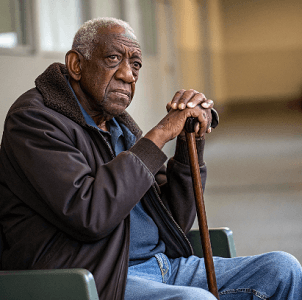A recent study published in the Journal of the American Heart Association reveals that racial and economic residential segregation significantly impacts survival rates following out-of-hospital cardiac arrests (OHCA). Researchers analyzed data from over 626,000 OHCA cases and found that patients residing in predominantly White, higher-income neighborhoods had a 24% higher likelihood of survival to hospital discharge compared to those in segregated, lower-income Black and Hispanic/Latinx communities.
The study also highlights disparities in the administration of bystander cardiopulmonary resuscitation (CPR). Patients in higher-income areas were 32% more likely to receive bystander CPR, a critical factor in improving OHCA outcomes. This discrepancy suggests that socioeconomic factors and community resources play a vital role in emergency response and survival rates.
Lead author Dr. Ethan E. Abbott and colleagues emphasize that these findings point to the need for targeted public policy interventions. Addressing residential and economic segregation could improve equitable access to emergency care and enhance survival outcomes for all communities.
The research underscores the importance of focusing on social determinants of health, such as neighborhood composition and resource allocation, to mitigate disparities in critical health outcomes like OHCA survival.
See: “Association of Racial Residential Segregation and Survival After Out-of-Hospital Cardiac Arrest in the United States” (February 19, 2025)



